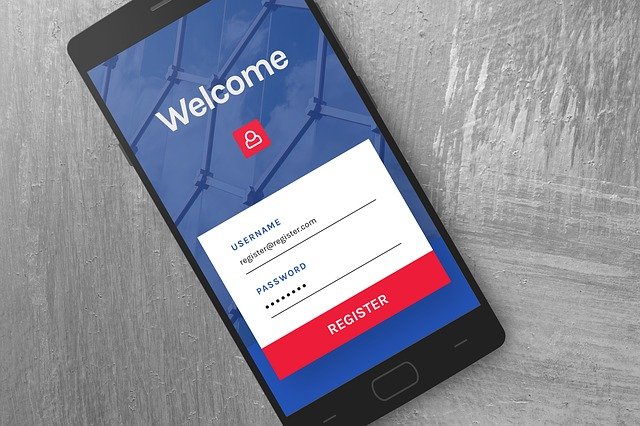The only way to continue your operations in case of setbacks is to enforce a well-thought-out business continuity plan. However, you’ll need to avoid several mistakes when developing your strategy.
Your operations may seem efficient and failproof, but the reality is that obstacles can happen at any time. Whether you’ve lost a major client or can’t achieve good team dynamics, it’s essential to keep going.
That’s where your business continuity plan (BCP) comes into play.
Your BCP outlines how your company will continue its operations during unplanned service disruptions. It’s more detailed than disaster recovery plans and features contingencies for processes, human resources, assets, and partners. It can also include checklists for equipment and supplies, data backups, and information on emergency responders.
The contents may vary, but a BCP can help you overcome various issues and re-establish productivity to meet critical needs. However, the only way to reap the benefits of your BCP is to avoid making mistakes in the development stage.
This article will outline the eight biggest mistakes you need to avoid when creating your business continuity plan.
THE EIGHT MISTAKES
MISTAKE #1 – DISREGARDING YOUR EMPLOYEES
Organizations who want to get back on track after an unexpected incident should focus on the needs of their employees when devising a BCP. Otherwise, they may be running serious safety risks.
So, plan for every situation that can affect your employees during disruptions. The list includes emergency communication protocols, evacuation routes, and many other key details. In doing so, you’ll ensure your team has all they need to weather the storm.
Moreover, discuss the plan with your staff and elicit their input in critical safety matters. You can also tell them you’ll be there for support if a crisis takes place. This gives them peace of mind, knowing their leader cares about them.
MISTAKE #2 – NOT CONSIDERING SMALL DETAILS
After creating a general BCP, many enterprises fail to think about specific details that ensure they can execute their plan. This is a huge mistake, as it can result in loss of data.
The minor points you should incorporate into your BCP include logistical considerations, such as technology and medical aid support.
For example, informing your medical providers about the plan is crucial because it enables them to make their arrangements on time. You should also tell your key personnel who to contact if they need medical assistance during accidents. Another great idea is to determine how your team can access data securely if they can’t make it to their office.
Taking the smallest details into account can protect your data and even save your staff’s lives. Therefore, don’t leave the development to chance – go through the BCP regularly to make sure it’s effective and up to date.
MISTAKE #3 – FAILURE TO SHOW YOUR STAFF HOW THE PLAN WORKS

While many leaders brood on downtime, they often fail to demonstrate to their team members how to execute the plan and minimize productivity decrease.
As previously indicated, your employees are integral to the efficacy of your BCP. And the only way to perform their roles correctly is to become well-versed in the plan.
To ensure this, explain how the staff should respond during crises. Tell them how to handle their clients if your systems go down. Don’t forget about the location and schedules that will be effective while the main office is off-limits.
The final part is to have your team practice these tasks so they can complete them more easily when disasters strike.
MISTAKE #4 – PRIORITISING OPERATIONAL CONTINUITY OVER TEAM SAFETY
When accidents occur, it’s understandable why business owners focus on assessing the effects on their business. Nevertheless, considering operational continuity only and neglecting your staff’s safety well-being can have dire consequences.
Your people are crucial to executing your BCP appropriately, so check on them first. Data plans that nobody can facilitate are useless, regardless of their effectiveness.
You have to make sure your staff is safe and reachable after a crisis. The crisis management task force should be able to contact them easily and see if they can help them.
This will help guarantee your team can bounce back after an accident and go back to work quickly.
MISTAKE #5 – HAVING IMPROPER TECH SOLUTIONS
Waiting for natural disasters to strike before establishing toll-free hotlines for your employees is a huge mistake. Likewise, failure to set up data backups might render your systems useless in case of data breaches.
If you have no proper technology to mitigate accidents, you could be exposing your business to higher risks, revenue loss, and prolonged downtime.
To avert this, consult technology specialists or your IT sector to verify your system has all features and components that can keep your networks intact. Such a system should allow you to streamline communications, minimize downtime, and secure your workloads.
MISTAKE #6 – ONLY ONE PERSON MANAGES THE PLAN
Developing a BCP all by yourself is possible, but it’s also more prone to error. A much better approach is to gather people across all your departments to account for all contingencies. Otherwise, you’ll restrict your team’s insight into all the processes and risks under your plan.
Forming a BCP management team that involves multiple functions and departments offers a company-wide perspective to your planning. This diversity can help resolve problems and streamline your strategy.
MISTAKE #7 – USING BROAD GENERALIZATIONS
Continuity plans with broad generalizations often lead to uncertainty and confusion. A BCP needs to be concise and, if possible, explain each detail in short steps. Such forms enable anyone to understand the directions and visualize their roles.
MISTAKE #8 – SKIPPING RISK ASSESSMENT
Risk assessments are a critical step that must take place before developing your BCP. As the name suggests, they can you help discover the potential risks in your area.
Depending on the size of your organization, location, and activities, your company faces different risks. For example, there’s no need to plan for disaster recovery after a hurricane if your region isn’t prone to them. It would only increase your costs and waste time.

DON’T LET YOUR OPERATIONS GRIND TO A HALT
A detailed BCP goes a long way in improving your response to disasters. Avoiding the above-mentioned mistakes will put you on the right track and help your staff cope with new conditions more easily.
If you need help in creating your BCP, give us a call today. Let’s have an obligation-free chat to determine how we can help you.
Article used with permission from The Technology Press.




